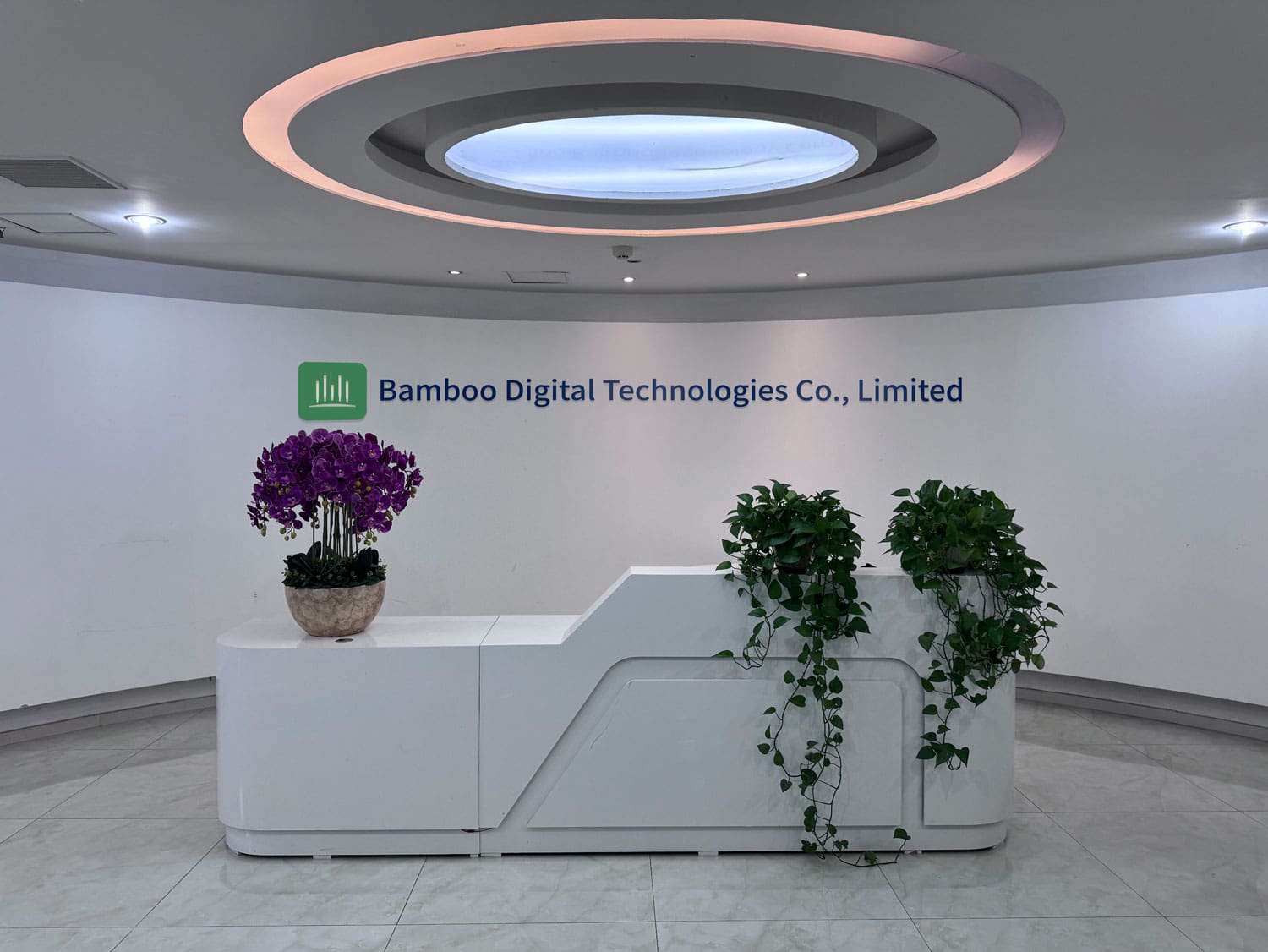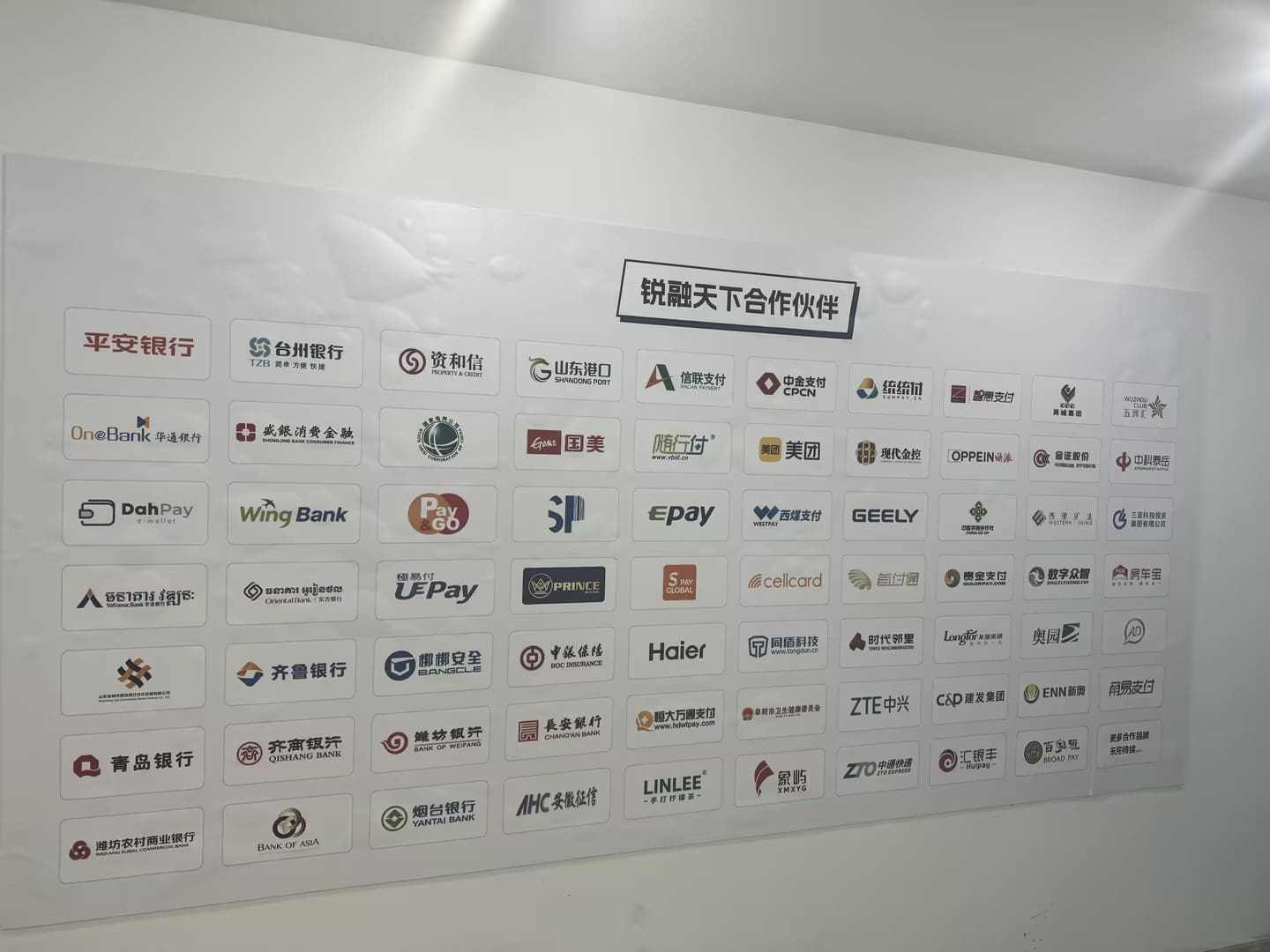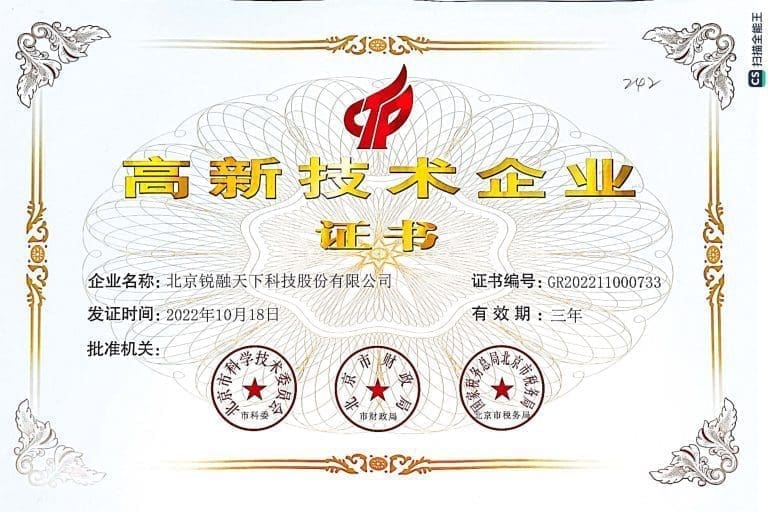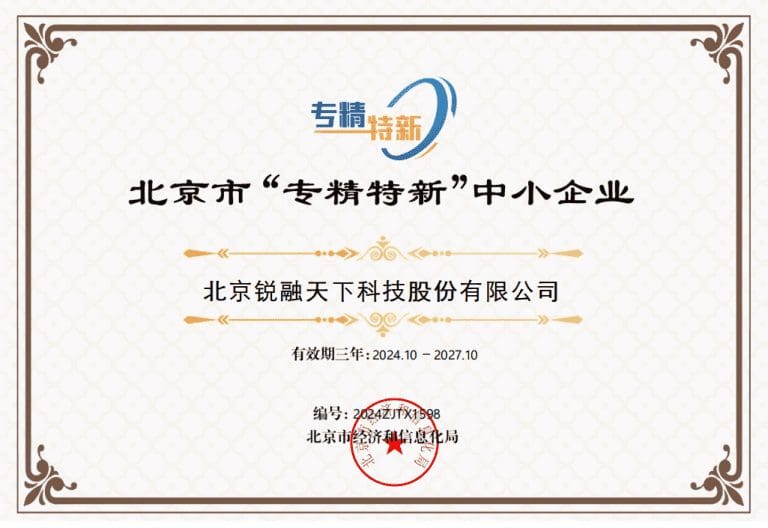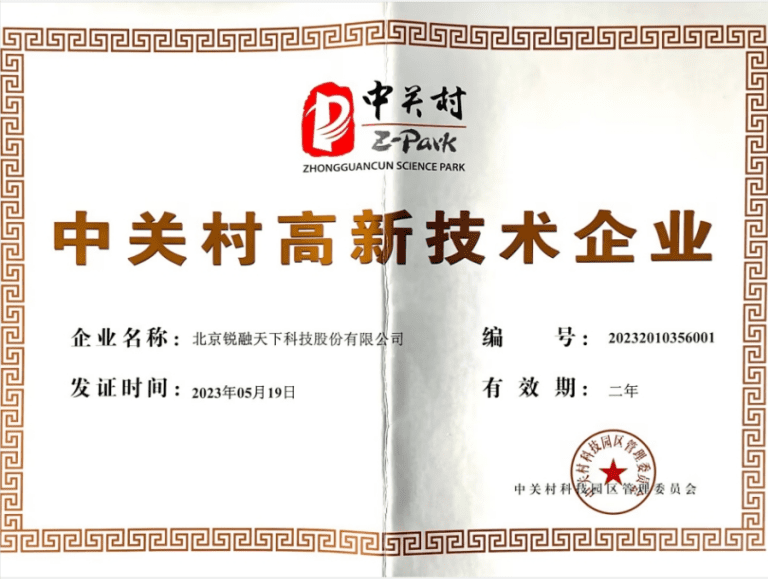Automatic Court-Ordered Payment System Software
In the realm of legal financial transactions, the emergence of automatic court-ordered payment system software has been nothing short of revolutionary. This innovative technology streamlines and automates the process of collecting and distributing court-ordered payments, providing a more efficient and secure solution for both legal authorities and individuals involved in these transactions.
Traditionally, the administration of court-ordered payments has been a cumbersome and time-consuming task, prone to errors and delays. However, with the advent of automated payment system software, this process has been significantly simplified. By leveraging cutting-edge technology such as AI and machine learning algorithms, these systems are able to accurately track payments, automate notifications, and ensure timely disbursements, thereby reducing the burden on court officials and enhancing the overall efficiency of the legal system.
One of the key advantages of automatic court-ordered payment system software is its ability to enhance transparency and accountability in the payment process. By providing a centralized platform for tracking and monitoring payments, these systems enable greater visibility into the status of payments, helping to prevent fraud and discrepancies. Additionally, the automation of payment notifications and reminders ensures that both payers and recipients are kept informed about their obligations, reducing the likelihood of missed or late payments.
Another significant benefit of automatic court-ordered payment system software is its capacity to improve the overall user experience for individuals involved in legal financial transactions. By enabling secure online payment processing and offering convenient payment options, such as automatic deductions or scheduled payments, these systems make it easier for payers to fulfill their obligations in a timely manner. This not only benefits individuals by simplifying the payment process but also helps to expedite the collection and distribution of court-ordered funds, ultimately contributing to a more efficient and effective legal system.
Looking ahead, the future of automatic court-ordered payment system software appears promising, with continued advancements in technology expected to further enhance the capabilities and features of these systems. As legal authorities and financial institutions increasingly recognize the value of automation and digitization in streamlining payment processes, we can expect to see widespread adoption of this technology across the legal landscape, leading to greater efficiency, transparency, and reliability in court-ordered financial transactions.

 Arabic
Arabic Dutch
Dutch French
French German
German Italian
Italian Portuguese
Portuguese Russian
Russian Spanish
Spanish
